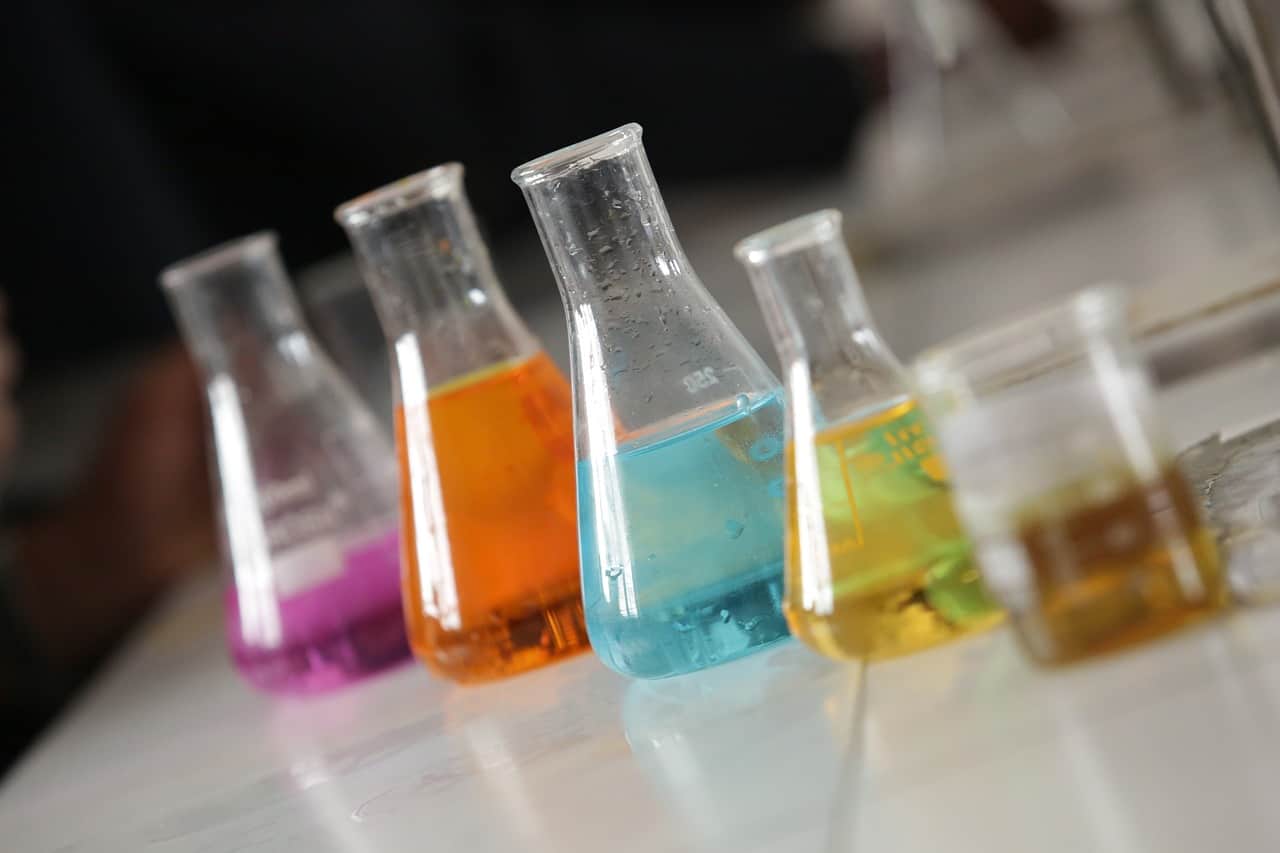Chemists must learn from these past mistakes and humble themselves so that they can learn from other forms of science
The realm of chemistry is often seen as inflexible, populated by grouchy scientists in lab coats who are reluctant to reimagine their chosen discipline and recognize the value of alternative knowledge systems.
Whether or not this reputation is truly warranted, chemists and chemical engineers could certainly do more to align their molecular machinery with sustainable development.
An obvious place to begin is in the classroom by transforming the way chemistry is taught. An international network of motivated teachers and educators are looking to do just that through promoting a concept deemed green and sustainable chemistry education.
A key step in promoting the concept is to dispel the image of the bored-out-of-their-mind high school chemistry student struggling to discern why the electron structure of Boron should matter to them.
Many out-of-the-box learning activities have tried to better link chemistry learning with students’ life experiences. In a few of these activities, examples of indigenous science have been featured as vehicles for an alternative, holistic approach to understanding chemistry.
In a collaboration between Indonesian and German chemistry educators, a unit on pesticides was taught centered around the traditional use of samara pungpuhunan by the Baduy community located in southeastern Indonesia, near the school where the lesson was delivered.
The mixture of local plants is biodegradable and possesses botanical pesticide properties. The application of samara pungpuhunan is one aspect of the Baduy rice paddy treatment process known as ngubaran pare. The preparation of the traditional bio-pesticide is accompanied by a ceremony which tells the story of Nyi Pohaci Sanghyang Asri, a local deity associated with rice production.
In the lesson, the Baduy’s approach to pest management practices was juxtaposed with the sustainability issues associated with global pesticide use. The coordinators of the study suggest that integrating indigenous knowledge into chemistry lessons can lead students to better understand environmental justice and develop more holistic problem-solving skills.
While the efforts by educators should be applauded, the proliferation and preservation of indigenous and traditional chemistry practices must not be limited to within the walls of a classroom.
The Maguindanao community in the Philippines, for instance, have developed elegant and effective plant-based chemical mixtures for many common household uses. A face-mask made from pinilo (grounded and soaked rice) mixed with various local leaf-extracts was found to contain skin-nourishing vitamin B and E complexes and possess antifungal and antibacterial properties.
Other examples of Maguindanon chemical ingenuity include a lipstick and paint made from beeswax and the skin of a reddish-orange galuga seed or coconut milk shampoo mixed with antimicrobial bailli.
Given the pollution caused by the use and production of personal care and household products, which are often derived from fossil fuels, solutions such as these should not be tokenized but rather targeted for further development and scaling-up.
Although these limited examples are encouraging, behind every study on the Baduy or Maguindanao chemistry lies countless cases of indigenous molecular ingenuity that remain unnoticed or, worse, are gone forever. Too long have the institutions of western science ignored and scorned the scientific innovations refined and passed down over generations by these communities.
Albeit slow, progress is underway and after over a century of deliberate repression, indigenous science is beginning to make in-roads into global scientific thought.
The Intergovernmental Science-Policy Platform on Biodiversity and Ecosystem Services (IPBES), the premier international body for inserting science into policies that seek to reverse the worldwide collapse of biodiversity, has taken concrete steps to ensure the consideration of indigenous knowledge in its work. Examples include their dialogue on sustainable use of wild species and a series of case studies on indigenous and local knowledge regarding pollination and pollinators.
Chemistry continues to lag behind other applied sciences regarding the incorporation of alternative knowledge system. The top-down, global approach of IPBES to preserve and harness indigenous knowledge to advance sustainability is a valuable model for those looking to do the same with chemistry.
Related to the previously mentioned shift in chemistry education is the mobilization of stakeholders in industry, academia, government and civil society working to make chemistry 100% compatible with sustainable development. The movement builds upon the well-known 12 principles of green chemistry by considering the effects of chemical innovations on social and economic well-being.
The value of this new vision for chemistry was recognized by 192 countries at the fourth United Nations Environment Assembly in 2019. The assembly adopted a resolution requesting the United Nations Environment Programme to develop manuals on Green and Sustainable Chemistry, the first in the series, the Green and Sustainable Chemistry: Framework Manual was released in 2020.
At the heart of the report are 10 objectives for green and sustainable chemistry, which establish a vision for the future of chemistry. The objectives are unique as they reflect a global consensus-building process which resulted in their establishment.
As calls for a shift in chemistry begin to echo around the globe, grouchy chemists must look up from their test tubes and realize that they stand at a crucial crossroads for their field. The fifth United Nations Environment Assembly is set to take place at the end of February, with a resolution on the table to establish an international science panel akin to IPBES but for chemicals and waste.
This panel presents an incredible chance to firmly integrate alternative knowledge systems, such as those developed in indigenous communities, at the highest political level. The molecular engineering of the 20th century provided humanity with incalculable benefits, it also caused death, sickness and wide-spread environmental destruction.
Chemists must learn from these past mistakes and humble themselves so that they can learn from other forms of science. It is high time to turn the page on the old ways chemistry has been done and begin a new chapter in the story of human driven molecular architecture.
An outline has been provided, now it just needs to be written.
This story first appeared on Sustainability Times
© 2022 Sustainability Times.
This article is licensed under a Creative Commons Attribution-ShareAlike 4.0 SA International License.












